Quiz: Basic Aircraft Aerodynamics
Flight Training Central
MAY 7, 2024
Straight-and-level flight, turns, climbs, and descents. The four forces acting on an airplane in flight are lift, weight, thrust, and drag. lift, weight, gravity, and thrust. Take this quiz to test your aerodynamics knowledge. Select the four flight fundamentals involved in maneuvering an aircraft.


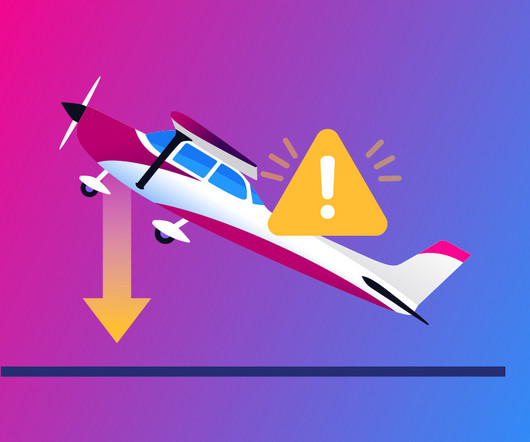
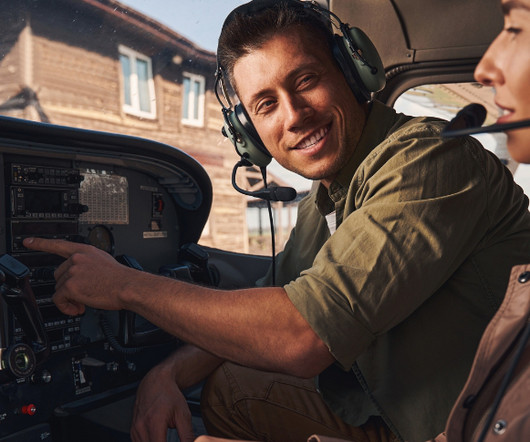

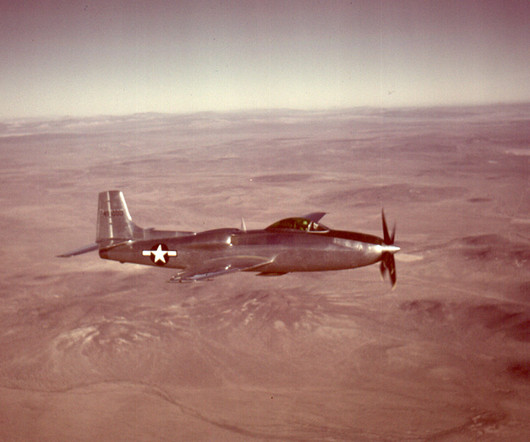
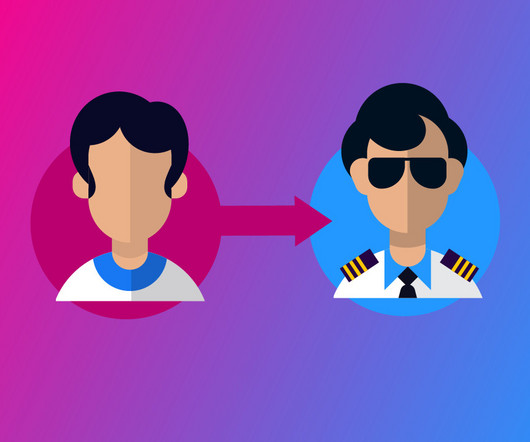
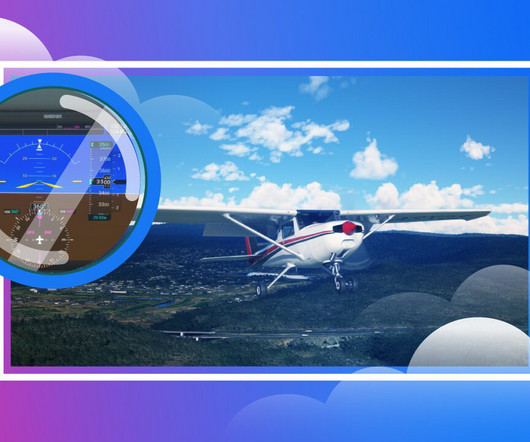










Let's personalize your content